I went to the annual Matsuri Japon last year and really enjoyed it, so when I found out it was happening again this year I was eager to head out. I wore my black ume yukata and blue and white hanhaba hakata obi to work all day, and after my work day was over my mother joined me and we drove down together. Since there are so many photos here, I’ve put smaller versions than usual in the post, please click on them to see bigger versions 🙂
Unfortunately, the festival had changed locations this time around, and it was in a much more cramped location in the middle of the busiest and most tourist-filled area of the Old Port of Montreal. The traffic flow was not ideal and the stage where the taiko drummers were was virtually impossible to get to. I was a bit let down. However, there were plenty of lovely yukata to see and photograph, and a few great bargains to be had.
At first I didn’t realize that the festival had moved, so I tracked down a guide and asked them where to go. This lovely gentleman then came up to me and asked me where to go, he was as confused as I was! After posing for a photo at my mother’s insistence, we headed off to the new area together.

At the gate, I saw the always-radiant Akane, who I generally run into at these sorts of events. She’s such a sweetheart.

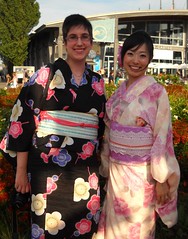
And in the long-standing tradition of goofy photos of me with food in my mouth (if you have me on Facebook you’ve probably seen some others) I found some takoyaki! It was yummy.

This lovely young woman had the most luscious raspberry-red yukata with great shibori all over it, and a really pretty obi with some urushi-like flowers on them, she looked great!

Another beautiful young woman who was doing custom calligraphy.

She made me a very nice interpretation of Tsuki and Hana (moon and flower), on some beautiful Japanese paper.

Three little dolls looked absolutely adorable in their yukata and heko obi! Love the hats, too.

A beautiful family! The young boy on his daddy’s shoulders had the cutest “Chip & Dale” jimbei!

There was not much in the way of kimono to purchase, thankfully. However, I did manage to find some very cute obijime for a steal, $5 each!



And I couldn’t pass up this adorable origami crab jewelry! I will probably turn the pendant into some sort of obi-kazari, as I always wear one of my pearl necklaces, but I couldn’t pass it up!

There are plenty more pictures in my Flickr Account, if you’d like to see! I’d also like to give a huge thank-you to my mom for taking a lot of these photos!


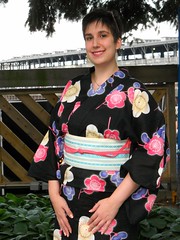
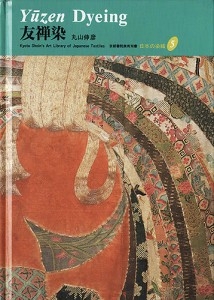

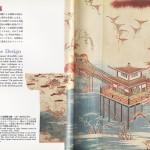
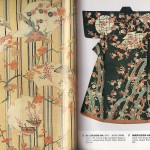
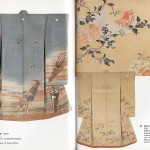













 Bebe Taian
Bebe Taian CHOKO Blog
CHOKO Blog Gion Kobu
Gion Kobu